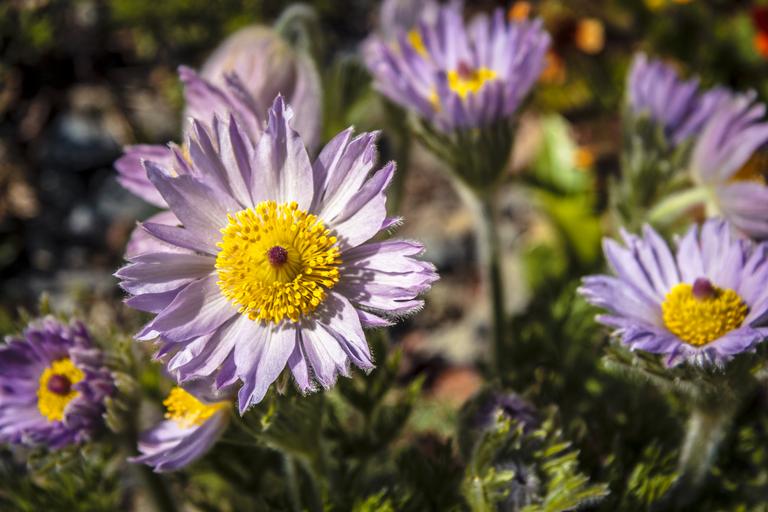MAKE A MEME
View Large Image

| View Original: | Pulsatilla_vulgaris_pink_form.jpg (5184x3456) | |||
| Download: | Original | Medium | Small | Thumb |
| Courtesy of: | www.flickr.com | More Like This | ||
| Keywords: outdoor flower plant depth of field Pulsatilla vulgaris (pasque flower, pasqueflower, common pasque flower, European pasqueflower, Dane's blood) is a species of flowering plant belonging to the buttercup family (Ranunculaceae), found locally on calcareous grassland in Europe.[1] It was considered part of the Anemone genus, to which it is closely related. This is an herbaceous perennial plant. It develops upright rhizomes, which function as food-storage organs. Its leaves and stems are long, soft, silver-grey and hairy. It grows to 15–30 cm high and when it is fruit-bearing up to 40 cm. The roots go deep into the soil (to 1 m). The finely-dissected leaves are arranged in a rosette and appear with the bell-shaped flower in early spring. The purple flowers are followed by distinctive silky seed-heads which can persist on the plant for many months. en.wikipedia.org/wiki/Pulsatilla_vulgaris Pulsatilla vulgaris (pasque flower, pasqueflower, common pasque flower, European pasqueflower, Dane's blood) is a species of flowering plant belonging to the buttercup family (Ranunculaceae), found locally on calcareous grassland in Europe.[1] It was considered part of the Anemone genus, to which it is closely related. This is an herbaceous perennial plant. It develops upright rhizomes, which function as food-storage organs. Its leaves and stems are long, soft, silver-grey and hairy. It grows to 15–30 cm high and when it is fruit-bearing up to 40 cm. The roots go deep into the soil (to 1 m). The finely-dissected leaves are arranged in a rosette and appear with the bell-shaped flower in early spring. The purple flowers are followed by distinctive silky seed-heads which can persist on the plant for many months. en.wikipedia.org/wiki/Pulsatilla_vulgaris | ||||